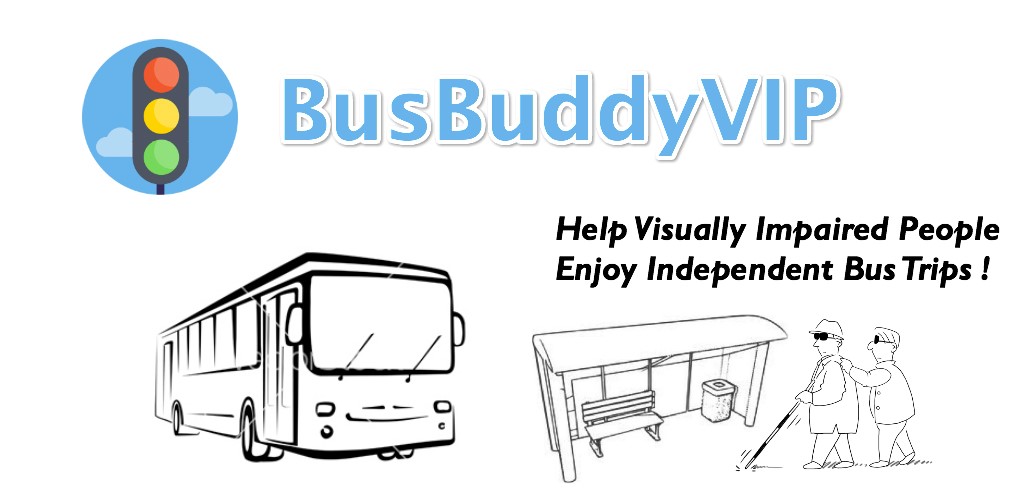-
January 07, 2016
PacTrans Researcher and UW Student Develops Second Version of App Geared Toward Helping the Visually Impair use Public Transit
In 2013 we wrote an article about PacTrans inaugural summer interns and their development of an Android app called BusBuddy:
“The idea for Bus Buddy was born when Jinglan (one of the interns) continuously napped through her bus stop, much to Kevin’s amusement. They decided that many Seattleites likely faced a similar issue and set to work. The application they created allows users to set a GPS enabled alarm for their respective bus stops so that those who tend to miss their stop for various reasons will no longer worry about it.”
This application was meant to benefit all public transit users, especially those who are visually impaired. This spring, a UW graduate student and PacTrans Graduate Student Assistant, Meng (Summer) Xia created a second iteration of the app; BusBuddyVIP (visually impaired people). Her app works a lot like the OneBusAway app except with significant focus on voice controls and audio playback.
This app has significant potential implications for transportation safety, especially among the visually impaired. Once the user has planned a trip, the simple interface allows the user to speak a transit stop number, at which point the app will verbally relay each route that passes through that stop. Once the user chooses which of the routes they desire, the app will verbally communicate how long their wait is until the route arrives. It then subsequently gives updates every two minutes and a final update (or alarm) when the bus is one minute away. The app has several other functions, such as setting stop and route favorites, and contacting the appropriate entities when the user is lost, in trouble, or stranded.
There are several other entities working on similar technologies. For example, iBeacon, in Bucharest, Romania, uses a cloud platform and mobile devices in very much the same way. The different here is that iBeacon requires a specialized piece of equipment to be installed on each bus and trolley in the system. This is time and cost prohibitive. Summer’s Bus Buddy app uses GPS that is already installed on the vehicles for various other purposes.
While the app already exists for free download on Google Play Store, there is still some work to be done. This app needs refinement through testing and validation including experimenting with visually impaired people and getting feedback through questionnaires and interviews. The app currently operates its own voice controls, integrating it with androids voice control would make it much more user friendly. There is a significant opportunity to coordinate/integrate this technology with other navigation apps. Finally, an iPhone compatible version of the app needs to be produced; which is a longer and more arduous process.



